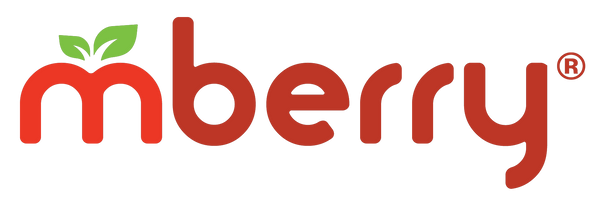Did you know that your tongue is covered in tiny taste buds that can detect five different flavors? That's right - sweet, salty, sour, bitter, and umami all have their own unique section on your tongue. But that's not all - your sense of smell also plays a crucial role in how you taste food. Without it, you'd only be able to detect the basic five flavors, but with it, you can experience the complex and amazing flavors of your favorite dishes.
Download Printable Worksheets (7th Grade & Above): Teacher Material, Student Material
Download Printable Worksheets (6th Grade & Below): Teacher Material, Student Material
How Taste & Smell Work
Before conducting the experiment, it is important to understand
the science behind taste and smell and how they work together
to create flavor. Your tongue is an intriguing muscle in your body,
covered in a membrane and taste buds. Taste buds are
composed of tissue called papillae, and each tiny papillae has
an opening, much like a window that can open and close. This
allows the taste buds to analyze what food they are detecting to
send signals to the brain, called a sensory neuron.
There are 5 flavors of the tongue: Sweet, Salty, Sour, Bitter, and
Umami. Each section of the tongue has up to 100 papillae that
provide these tastes. Similarly, the nose also contains sensory
receptors that can smell thousands of different odors. Without
your sense of smell, your sense of taste greatly decreases. As you
eat, the food molecules go through the nose to give you the taste
of the whole item.
Without smell, you can distinguish between the different 5
flavors, but would not be able to tell what dish you are eating
without smell. For example, when eating spaghetti, you may be
able to tell it is salty and sweet, but you won't be able to tell what
dish it is.

Answer the following:
- What is the name of the tissue on our taste buds?
- What are the 5 tastes on your tongue?
- Which taste is associated with citrus?
- How many senses can your nose smell?
- How do taste and smell work together?
Experiment: Manipulating Your Taste and Smell
In this experiment, you will see how taste and smell work together and how they can easily be manipulated. What do you think will happen when you plug your nose or eat flavor changing candy?
Begin by writing your hypothesis.
Materials Needed:
- 2 spoons
- 2 slices of lemon or 2 tablespoons lemon juice
- 2 slices of grapefruit
- 3 drops of Tabasco
- 2-3 salt & vinegar chips
- 1 packet of ketchup
- 1 packet of yellow mustard
- 1 teaspoon of apple cider vinegar (ACV)
- 1 mberry Miracle Fruit Tablet
- 1 paper plate
Trial 1:
Procedure:
- Optional: Taste each food so you remember what it tastes like for future trials
- Begin by plugging your nose with your fingers
- Taste each food while plugging your nose and record what you taste below. If you can, close your eyes as you eat to help distract your brain
| Food | Taste? |
| Lemon |
|
| Grapefruit |
|
| Tabasco |
|
| Salt & Vinegar Chips |
|
| Ketchup |
|
| Mustard |
|
| ACV |
Trial 2:
Procedure:
- Place an mberry tablet on your tongue and use it similar to a mint. Be sure to move the tablet all around your tongue for a few minutes until dissolved or soft to chew
- Begin re-tasting each food and recording changes in flavor below
| Food | Taste? |
| Lemon |
|
| Grapefruit |
|
| Tabasco |
|
| Salt & Vinegar Chips |
|
| Ketchup |
|
| Mustard |
|
| ACV |
Conclusion: When you plugged your nose, you likely found that it was harder to identify the tastes of the foods you were eating. This is because our sense of smell plays a crucial role in how we perceive flavor. Additionally, when you tried the mberry tablet, you may have noticed that certain foods tasted different than they did before. This is because the mberry tablet alters your taste receptors and makes sour and bitter flavors taste sweet. How does your taste alter with no smell and Miracle Fruit? What can you conclude about taste and smell?
Note: This worksheet covers the following Common Core State Standards:
CCSS.ELA-LITERACY.RI.3.3: Describe the relationship between a series of historical events, scientific ideas or concepts, or steps in technical procedures in a text, using language that pertains to time, sequence, and cause/effect.
CCSS.ELA-LITERACY.RI.3.4: Determine the meaning of general academic and domain-specific words and phrases in a text relevant to a grade 3 topic or subject area.

